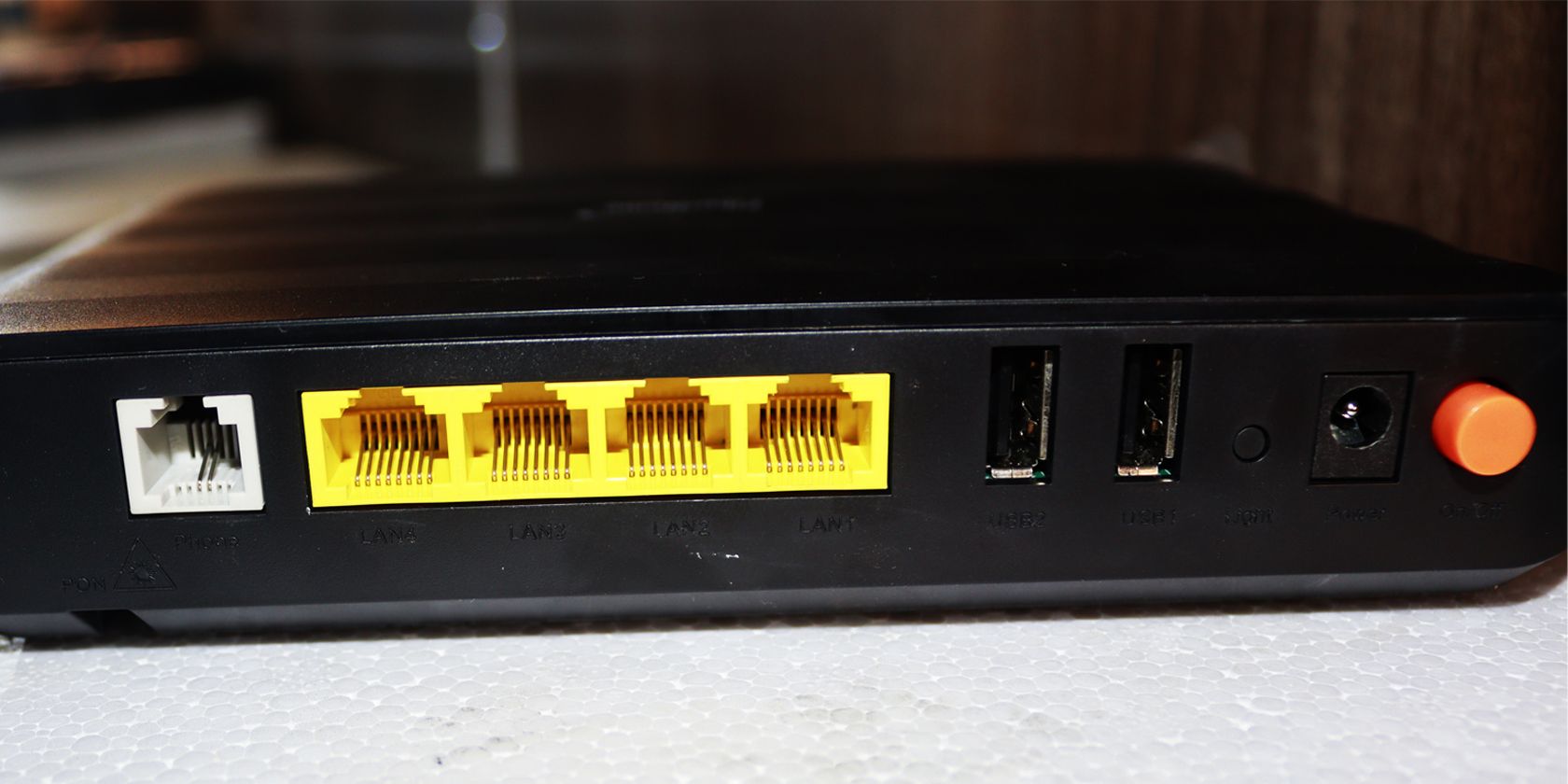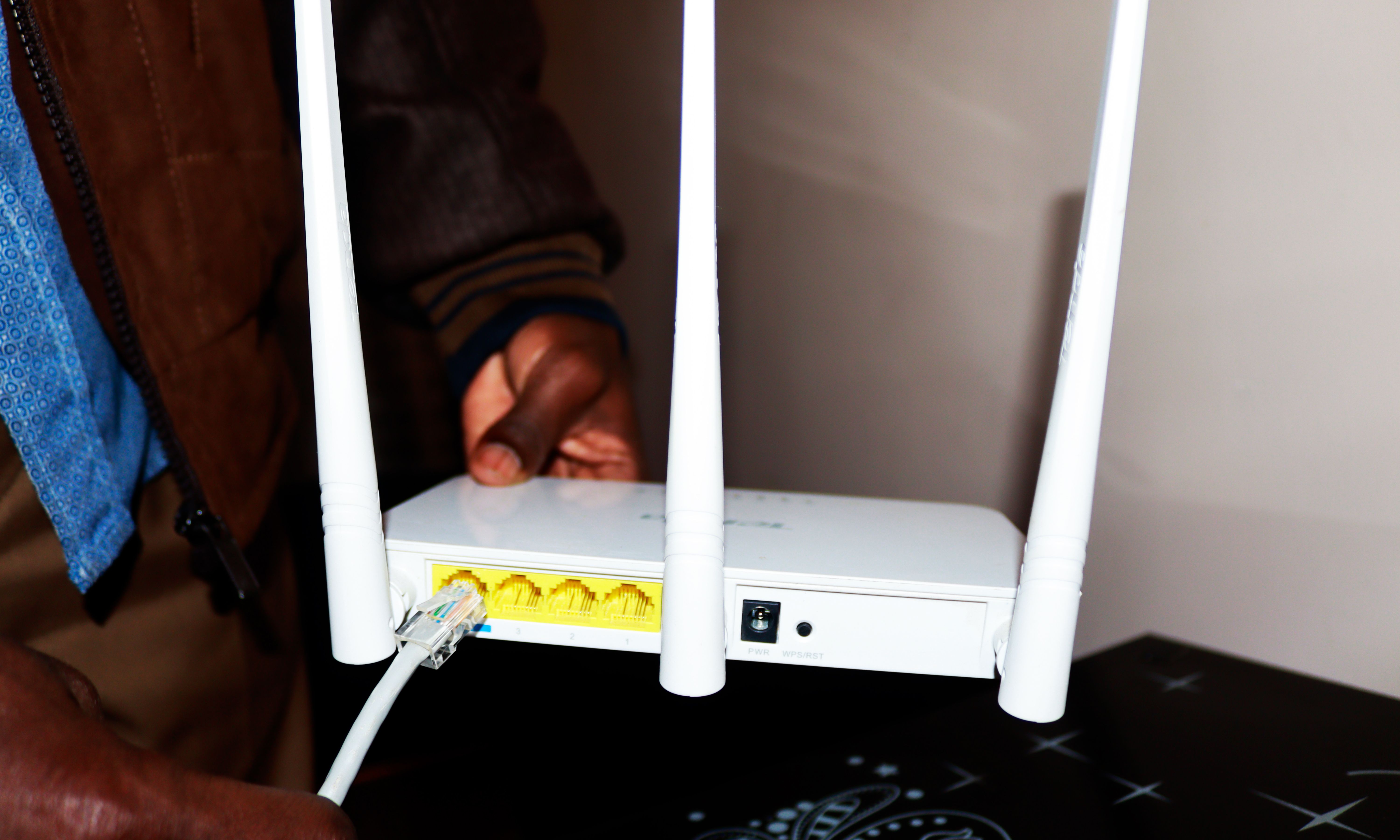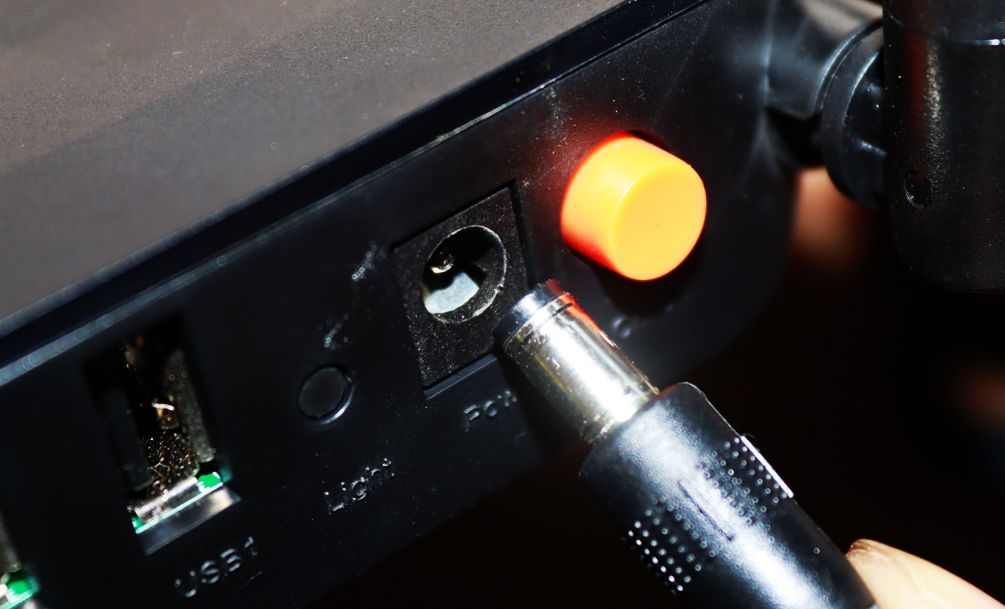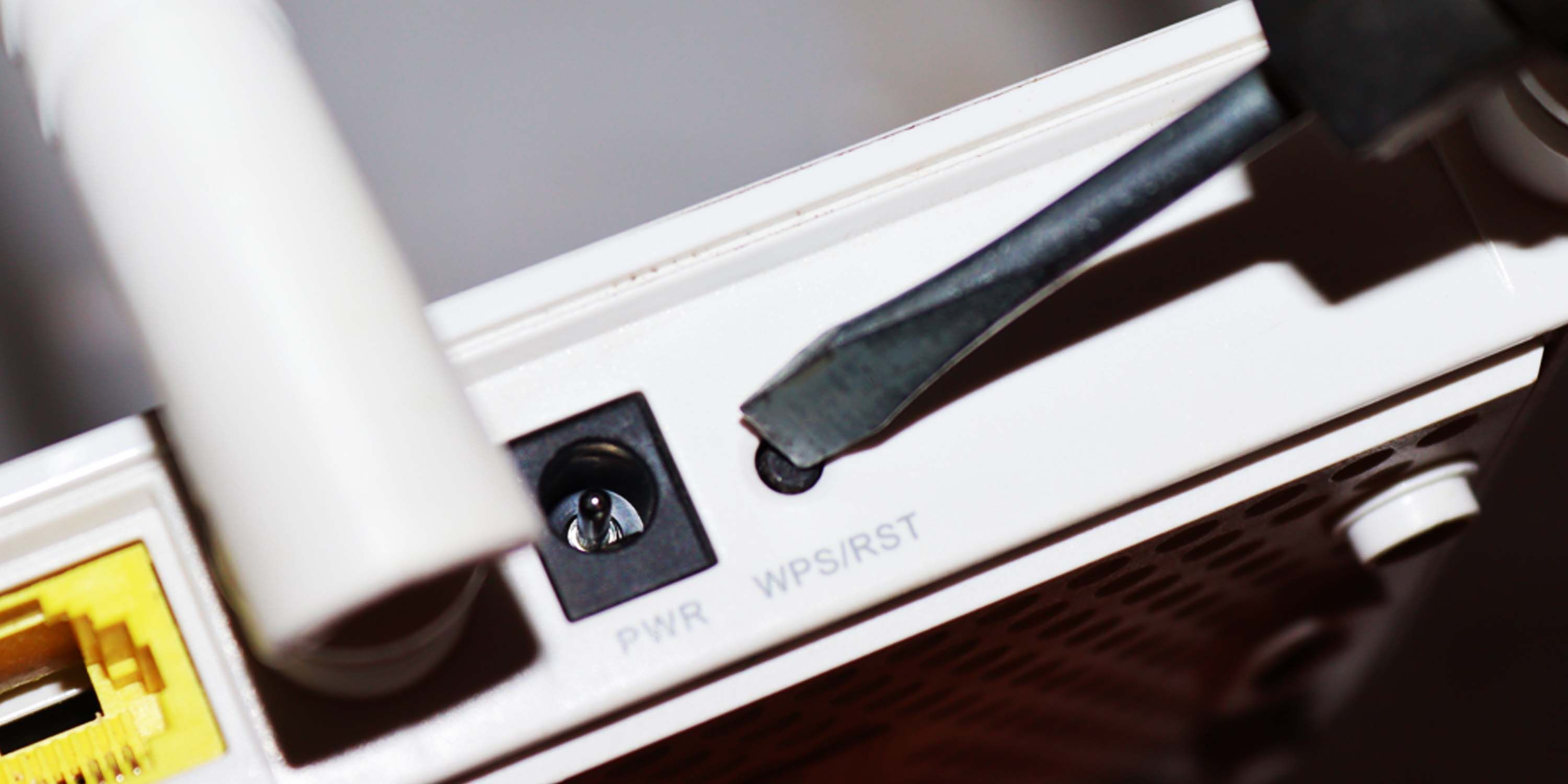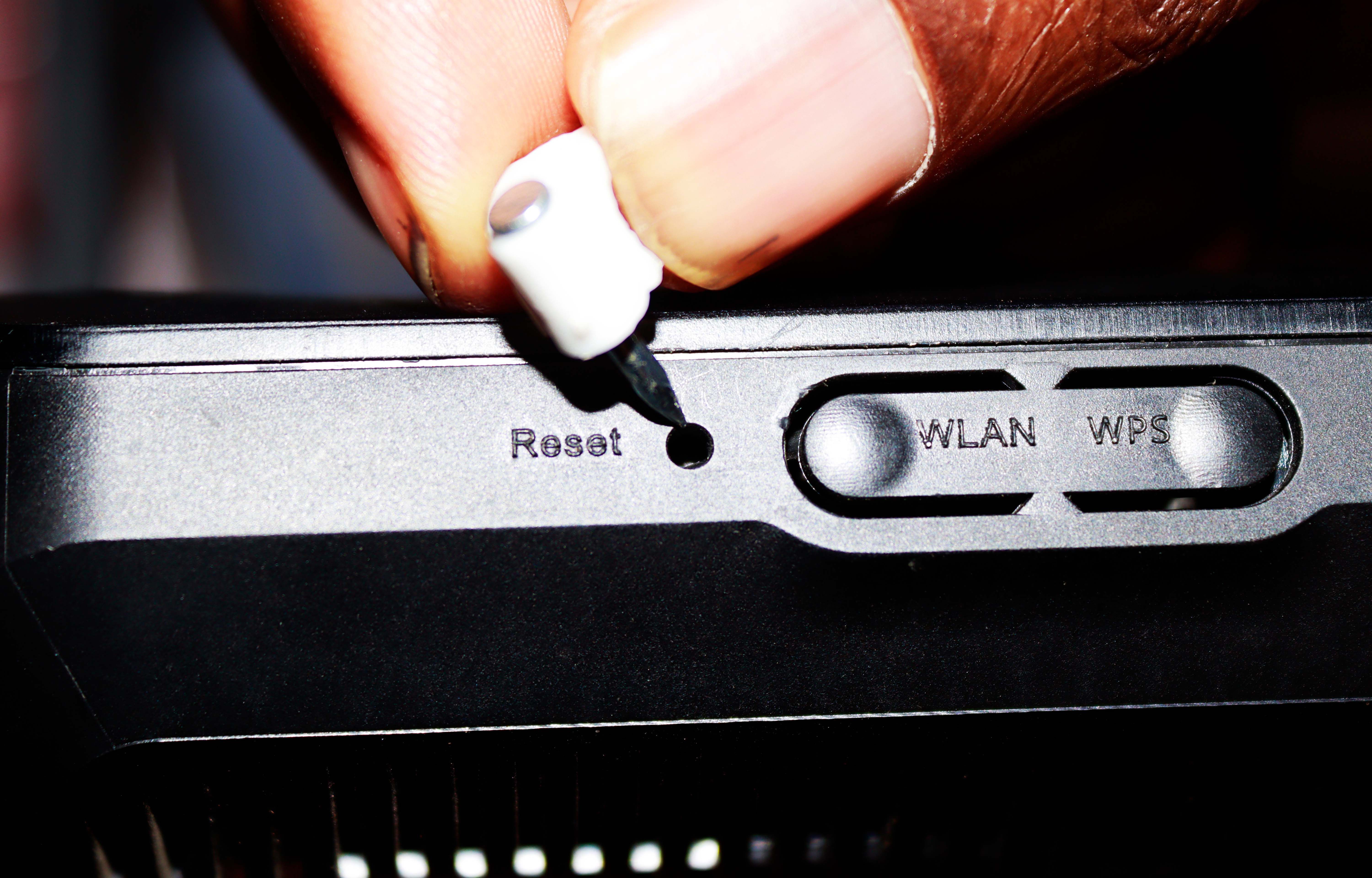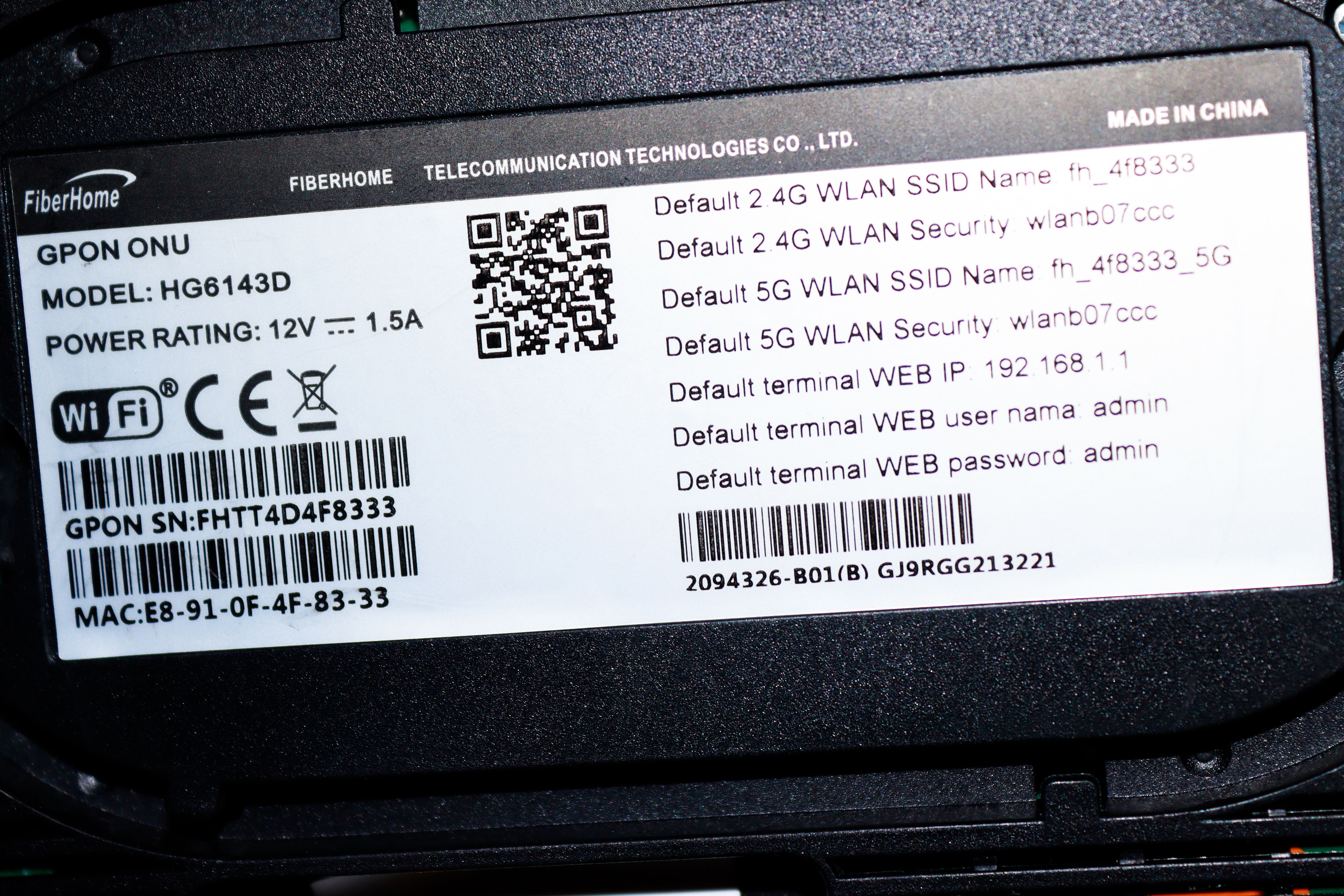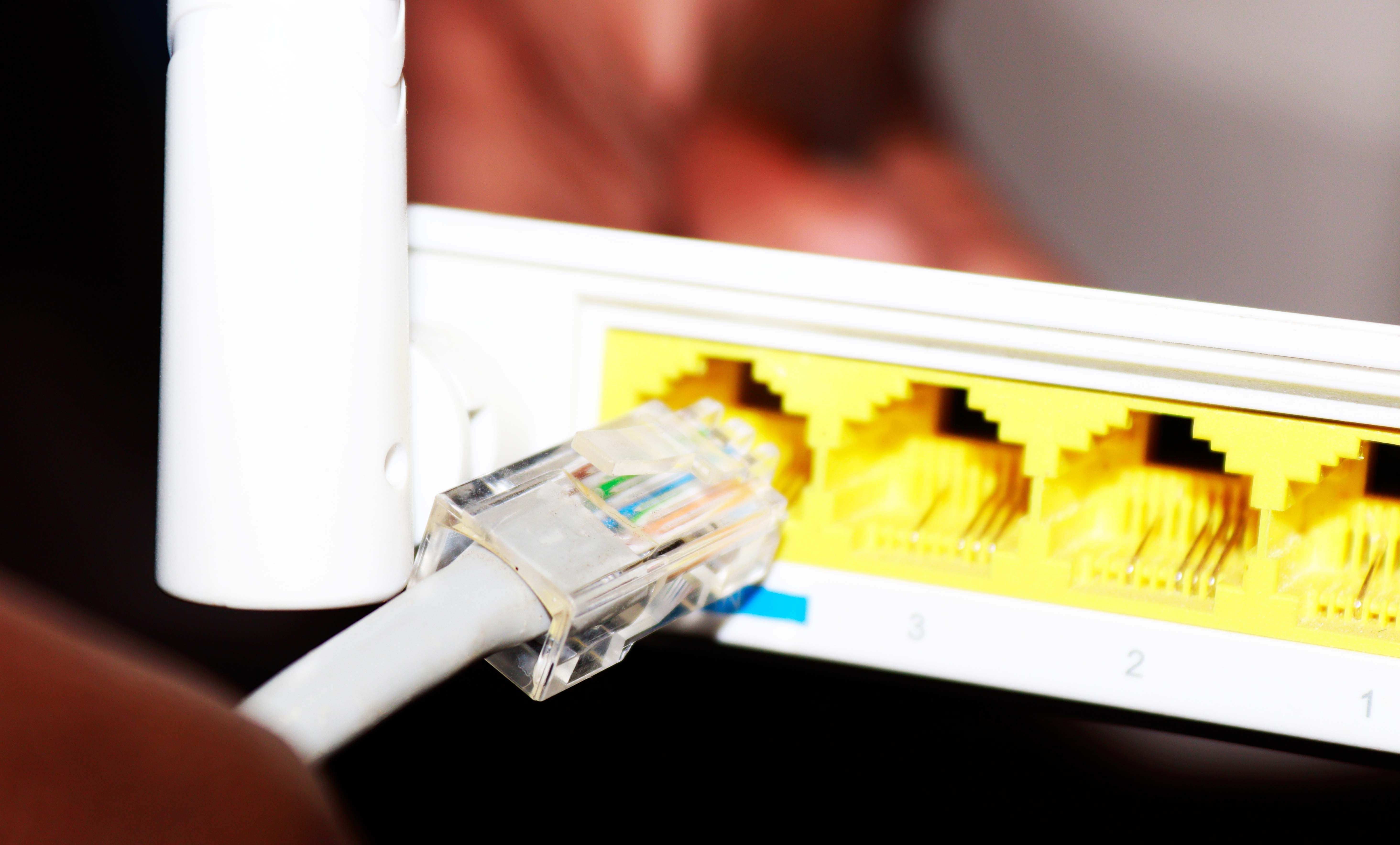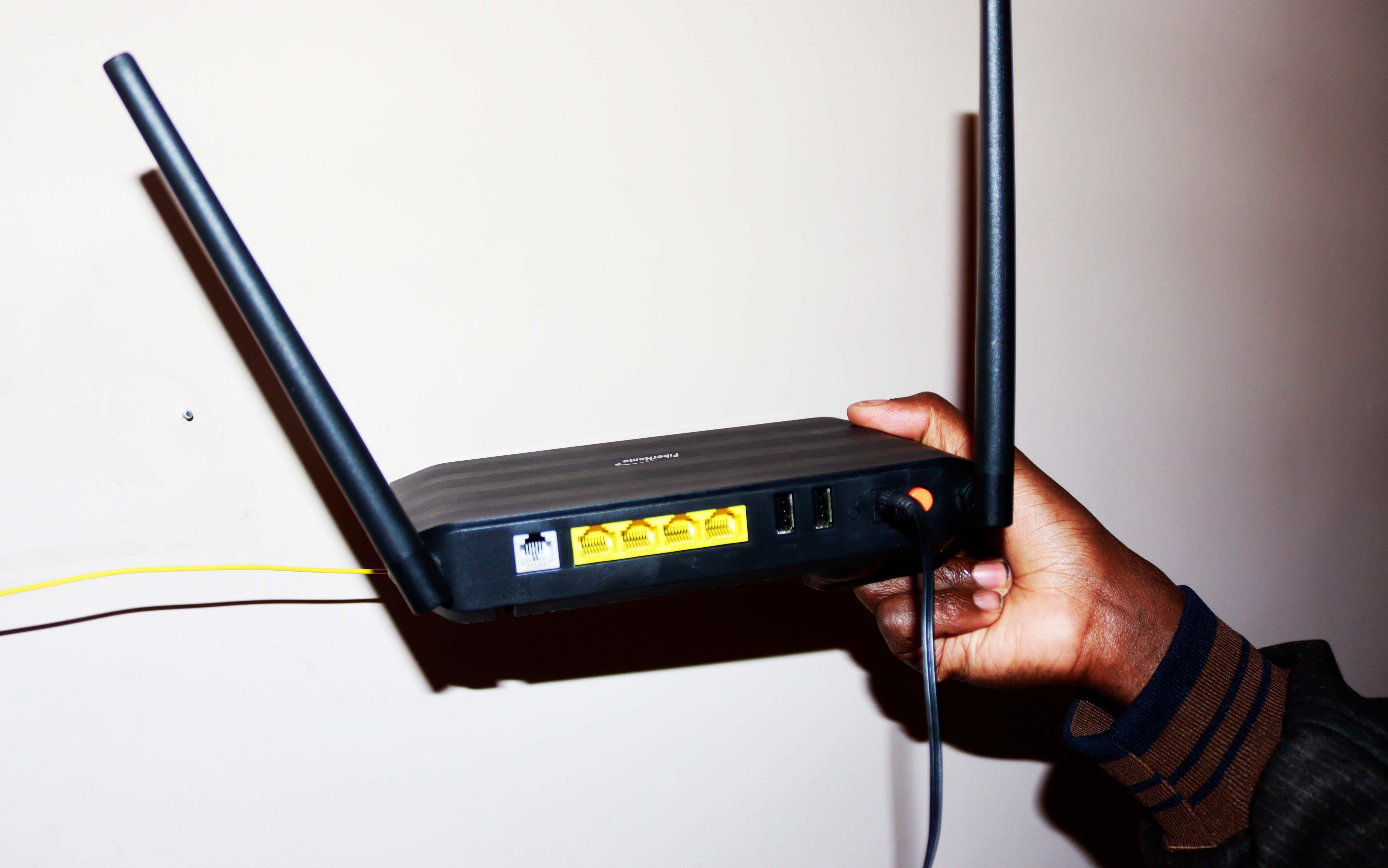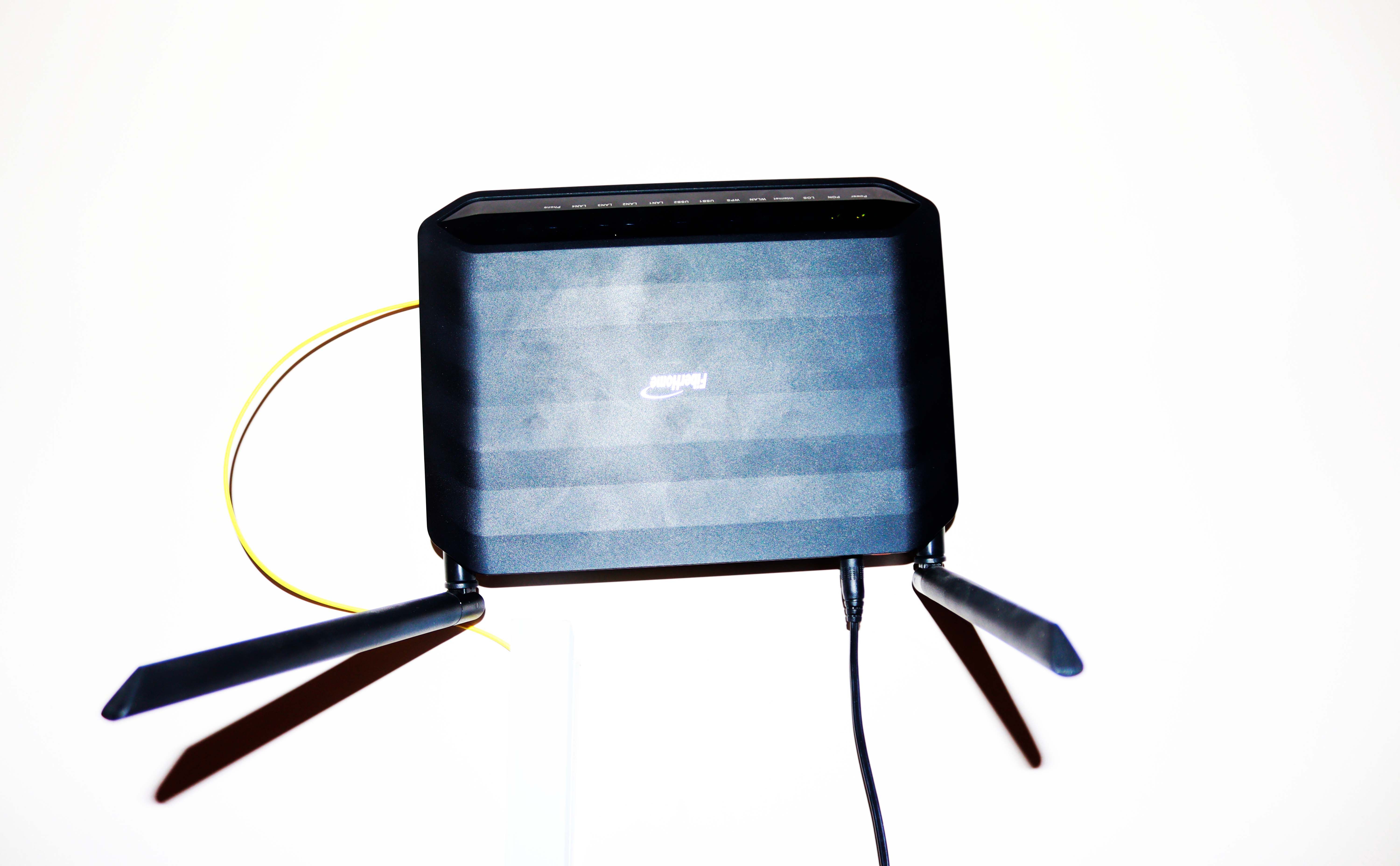Have you ever been in the middle of a time-sensitive project that requires the internet, and you lose connection out of the blue? It’s such a disappointing experience, especially if you don’t have any backup.
In such cases, the first thing most of us usually do is hitting the power button on the router to switch it off and then switch it on again. This sometimes solves the problem; however, it might only help in some cases, and the best way to address the issue is to do a proper reboot for it to work correctly.
Why You Might Need to Reboot Your Router
There are many reasons why you need to reboot your home network router, such as
- If your internet runs slowly, a reboot may speed things up.
- Rebooting can also help clear any memory or CPU usage issues affecting your router's performance.
- If you recently installed a new router or made changes to your network, a reboot may be necessary to apply the changes.
- If you're experiencing frequent disconnections, a reboot may help stabilize your connection.
- When you have trouble connecting to certain websites or online services, it can clear any DNS cache issues.
- If your router has been on for a long time, a reboot can help refresh its performance.
- It can also help if you're experiencing problems with your wireless signal.
To do a proper reboot of your router, you should take the following steps.
Step 1: Unplug the Router From the Power Source
The first step in rebooting your router is unplugging it from the power source and waiting at least 30 seconds before plugging it back in. This will help reset the router and clear any potential problems. To unplug the router, simply remove the power cord from the router’s power input.
Once you disconnect the power cord, the router will no longer receive power and will go off. Wait 30 seconds or more, insert the power cord again, and see if your connection is back (it may take a little while for the router to reconnect to the internet). If it still has issues, proceed to the next step.
Step 2: Reboot Using the Reset Button
To do this, you'll need to locate the reset button on the router. You can find it on the front or side of your router. For some routers, the button is inside, so you will need a sharp object to press it, as shown below.
Once you find the reset button, press and hold it for 30 seconds. Doing this will reset your router to its factory settings.
Step 3. Sign in to Your Router's Admin and Change Your Password
After pressing and releasing the reset button, use the default login details to sign in to your router's admin and change your password. The default username and password settings are usually both "admin." These details can be found on the manual or at the back of your router, as shown below.
Try to connect to the internet again and see if it works. Your router should now be working well. However, if you continue to experience issues, you can proceed to the next steps.
Step 4: Check the Ethernet Cable
If you reboot your router and there is still no connection, the issue may be on the Ethernet cable. Try to check for any physical damage, fix it, and ensure that you insert it appropriately into the router. You can also try another cable and see if that fixes the issue. If it still doesn't work, proceed to the next step.
Step 5: Move the Router to a Different Location
Moving the router to a different location can help solve your connection issues, as it can sometimes help to improve signal strength and reduce interference from other devices.
If you have a multistory home, it's often best to place the router on the first floor, as this will help ensure the signal can reach all parts of the house. Also, if you have put it in an enclosed space like a cupboard, moving it to a more open space can help to improve the signal strength.
If all the above doesn’t work, it is time to get a new router.
Step 5: Get a New Router
There are essential things you need to consider before buying a Wi-Fi router for your home or office. These include:
- Speed: One of the most important things to look for in a router is speed. Ensure that the router you choose provides the speed your ISP is giving you. This doesn’t mean that your router should have the highest speed possible, but it should at least match your ISP's internet speed.
- Range: Another essential factor to consider is range. Make sure that the router you choose can cover the area you need.
- Security: It should have advanced security features to protect your data.
- Support for apps: There are many apps available that can help you control your router smoothly. They provide a graphical user interface for managing your router, including several features that can help troubleshoot problems and optimize your network. You should choose a router that supports this.
Once you get your new router, remember to reuse your old router, don't throw it away!
Essential Things to Consider When Doing a Reboot
Before hitting that reset button to reboot your router, take the following into account:
- Ensure that the router, not your computer or phone/tablet, is the device that has issues to avoid wasting your time doing the reboot. You can confirm this by connecting a different device or using a different web browser to see if the internet is working.
- If your router allows firmware updates, you can try updating it to see if it will work.
- Check for radio interference. If other devices in your home use the same frequency as your router, it can cause interference. You should consider this if you have issues with your connection after rebooting.
- Check your router's lights. There will show if the power or internet is on, and can guide you in troubleshooting the issues.
Enjoy Uninterrupted Internet Connection
If you are having difficulties with your internet connection, the router is likely the cause of the problem, especially if your ISP is reliable. A simple reboot can often fix the problem and get you back online.
When you follow the steps above, you can enjoy an uninterrupted internet connection as the reboot resets the settings and clears any errors that may have been causing problems on your internet connection. However, if the issue persists, the problem might be beyond you, and you will need to contact your ISP for help, or buy a new router.

